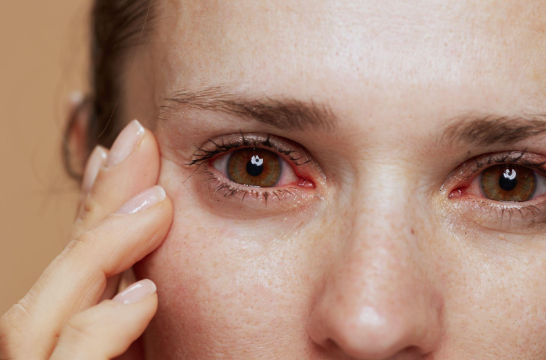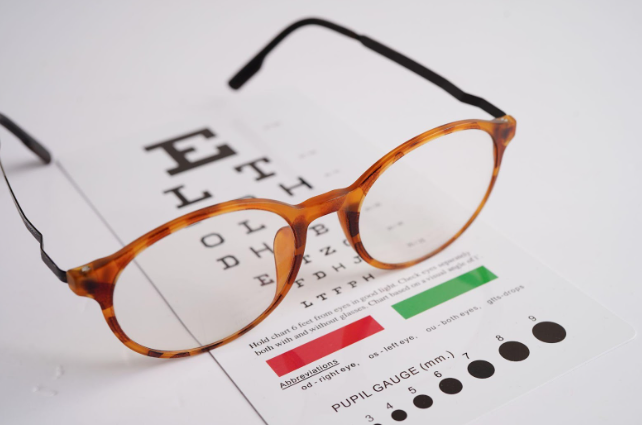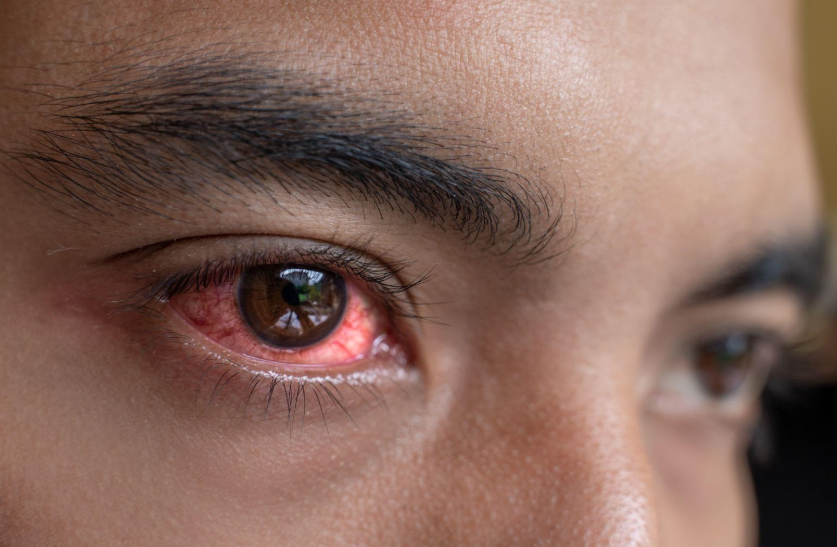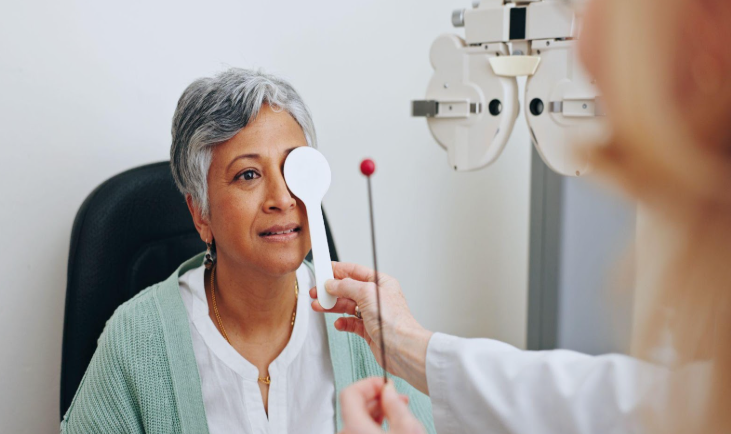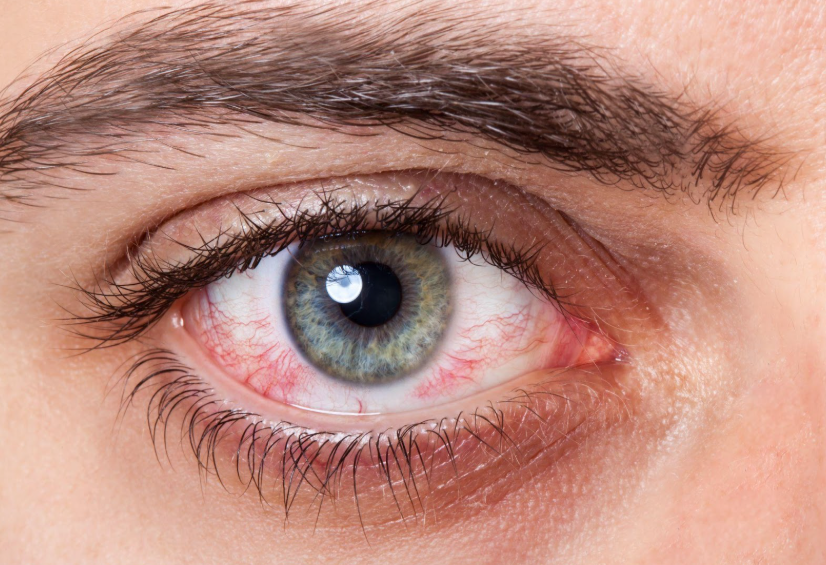Did You Know Smoking Can Put Your Eye Health at Risk?

When people think about the dangers of smoking, their minds usually go straight to cancer, heart disease, or stroke. However, many fail to realize the effect of smoking on their eyesight. Your eyes are delicate organs relying on a steady flow of oxygen and nutrients. Smoking interferes with both. Over time, this damage builds up and causes severe harm to your eyes.
Let’s dive deeper into how smoking impacts your eyes.
The Unseen Connection
When you smoke, the harmful chemicals in cigarettes, like nicotine, carbon monoxide, and tar, are absorbed into your bloodstream. Your blood then circulates these toxins throughout your entire body, including the blood vessels in your eyes. Prolonged exposure to these chemicals can lead to a variety of serious vision problems, some of which are irreversible.
Your eyes need healthy blood vessels to function properly. Smoking weakens those vessels, reduces oxygen levels, and increases inflammation. This toxic mix speeds up eye diseases that can lead to vision loss. Many people are shocked to hear this because it isn’t talked about nearly as much as other health risks.
Common Eye Conditions Linked to Smoking
Smoking is one of the most preventable causes of vision problems. Let’s look at the major eye conditions that have been strongly connected to smoking.
- Age-Related Macular Degeneration (AMD)
- This is the leading cause of blindness in people over 50. AMD damages the central part of your retina (the macula), which is responsible for sharp, detailed vision.
- Smokers are up to four times more likely to develop AMD compared to non-smokers. Even if you don’t smoke but live with someone who does, secondhand smoke can also increase your risk. It’s important to note that there’s no cure once AMD progresses, only treatments that may slow it down.
- Cataracts
- A cataract is when the clear lens inside your eye becomes cloudy, like a dirty window you can’t wipe clean. Cataracts are common with aging, but smoking speeds up the process. Studies show smokers are two to three times more likely to develop cataracts. And unlike glasses or eye drops, cataracts can only be treated with surgery.
- Glaucoma
- Glaucoma damages the optic nerve that sends messages from your eye to your brain. Smoking increases eye pressure and restricts blood flow to the optic nerve, which can make glaucoma worse. Since glaucoma often has no early symptoms, many people don’t realize they’re losing vision until it’s too late.
- Diabetic Retinopathy
- If you have diabetes, smoking makes things far more dangerous for your eyes. It damages the blood vessels in the retina, leading to swelling, bleeding, and scarring. This can cause severe vision loss if not treated.
- Dry Eye Syndrome
- Even if you don’t have one of the “big” eye diseases, smoking can still make your eyes feel miserable. It reduces tear production and adds irritants to the air, causing burning, redness, and that gritty “sand in your eyes” feeling. For contact lens wearers, smoking can make dry eyes unbearable.
- Uveitis
- This is an inflammation of the uvea, the middle layer of the eye. It can be caused by infection, injury, or an autoimmune condition, but smoking is a known risk factor. Uveitis can lead to a number of severe problems, including cataracts, glaucoma, and retinal detachment, all of which can cause permanent vision loss.
Why Secondhand Smoke Is Just as Dangerous
Non-smokers who are regularly exposed to cigarette smoke generally have a higher risk of cataracts and AMD. Kids in households with smokers are also more likely to suffer from eye irritation and long-term vision problems.
The Science Behind the Damage
To understand why smoking harms your eyes, it helps to look at what’s happening inside. Here are a few ways cigarette smoke does its damage:
- Reduced Oxygen: Carbon monoxide replaces oxygen in your blood, starving eye tissues of what they need to stay healthy.
- Free Radicals: Smoking creates oxidative stress—basically, unstable molecules that damage cells in the retina and lens.
- Poor Circulation: Nicotine causes blood vessels to narrow, limiting the flow of nutrients to your eyes.
- Toxin Buildup: Heavy metals like cadmium from cigarette smoke collect in the eye and speed up degeneration.
Can Quitting Really Help Your Eyes?
Quitting smoking may not undo all the damage, but it can significantly slow down the progression of eye diseases and lower your risk of developing new ones.
Research shows that people who quit smoking reduce their risk of AMD and cataracts compared to those who keep smoking. The earlier you stop, the better, but it’s never too late. Your circulation improves, oxygen levels go back up, and your eyes start getting the nourishment they’ve been missing.
Protecting Your Eyes
If you’re a current or former smoker, it's important to take proactive steps for your eye health.
- Get Regular Eye Exams: Eye diseases often start silently, and only an eye doctor can spot the early warning signs.
- Wear Sunglasses: Smoking increases your risk of light-related eye damage. Be sure to wear sunglasses that block 100% of UVA and UVB rays whenever you are outdoors.
- Eat a Healthy Diet: A diet rich in fruits, vegetables, and leafy greens is packed with antioxidants that can help fight the cellular damage caused by smoking. Foods high in vitamins C and E, zinc, and omega-3 fatty acids are particularly good for eye health.
- Stay Active: Engaging in exercise can help increase blood flow to your eyes, improving the flow of oxygen and nutrients.
At
South Shore Eye Care, we're here to help you protect your vision. We can provide a thorough eye exam, answer your questions in a caring and informative way, and support you in making choices that will help you see clearly. If you have any questions or concerns about how smoking might be affecting your eyes, please don't hesitate to give us a call or
schedule an appointment!
